Photos: Innovative Designs Make James Dyson Award 2016 Shortlist
Competitive field

The James Dyson Award is a prize that honors innovative projects by new and upcoming design engineers. The international competition, run by the James Dyson Foundation, is open to current and recent design engineering students. Here are some of the projects that made the 2016 shortlist.
Respia
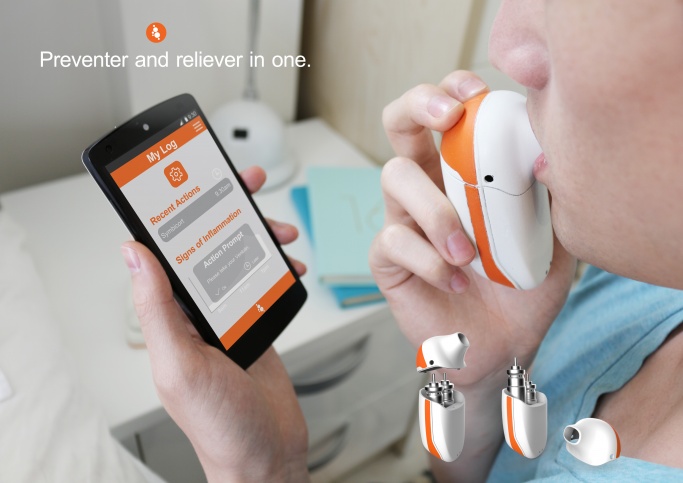
Problem: Asthma is the inflammation of the airways when exposed to environmental triggers or stress. It is often confusing, while suffering from mind clouding symptoms such as shortness of breath and panic, to know which medication to use and when to take it. Approximately 250,000 people die prematurely each year from asthma and almost all of these deaths are avoidable. Asthma is a silent disease and a silent pandemic.
Solution: Respia is an asthma management system that tracks and records the user's respiratory health and medication use. It is the complete redesign of existing aerosol inhalers coupled with a wearable patch that tracks respiratory health.
EcoHelmet

Problem: Around the world, bike share programs are giving commuters and tourists a convenient, inexpensive way to move from point A to point B. But bike share users don't always wear helmets. This is because few people want to carry a helmet around all day, and rental helmets can be unsanitary or ill-fitting. In busy cities, crashes do occur, and wearing a helmet can reduce the chance of injury or death by 85 percent.
Solution: EcoHelmet is a folding, recyclable helmet for bike share systems. Made of waterproofed paper in a unique radial honeycomb pattern, EcoHelmet allows cyclists to ride safely and confidently.
Blitab

Problem: Blind and visually handicapped people cannot use a tablet.
Solution: BLITAB® is the first-ever Braille tablet, using an innovative liquid-based technology to create tactile relief, which outputs braille, graphics and maps for blind and partially sighted users. BLITAB® converts any document into Braille text. You can plug a USB flash drive or connect to Wi-Fi. The tablet surface raises little smart tactile dots from the surface, which they call "tixels" (from "tactile pixels"). Users can read a full page of text at a time but also listen to the text-to-speech voice.
Get the world’s most fascinating discoveries delivered straight to your inbox.
Microwave Steamer
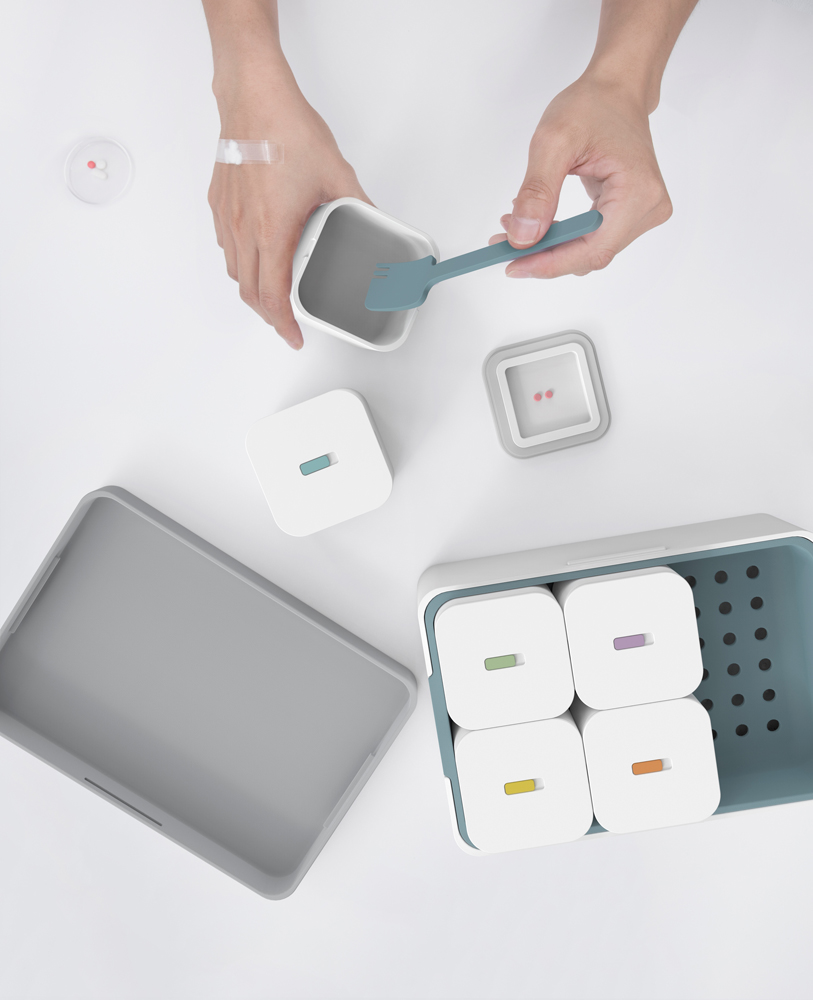
Problem: Microwave use is extensive in China, but cooking with a microwave is unhealthy.
Solution: Microwave Steamer can convert any microwave into a steamer. An inner metal layer means that only water can be heated by the microwave and the water will cook the food with a smooth temperature below 302 degrees Fahrenheit (150 degrees Celsius), protecting the nutrients.
SvetTex Nest
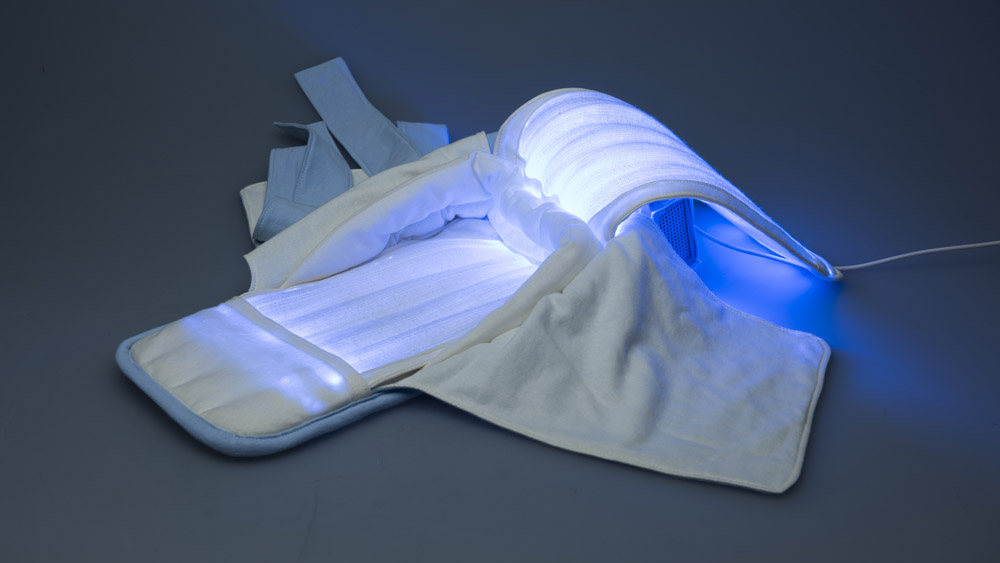
Problem: It is estimated that 70 percent of full-term newborns and 90 percent of preterm infants suffer from neonatal jaundice, which is defined by an increased level of unconjugated bilirubin in neonate's blood. The most effective and simple way to reduce bilirubin levels is blue light therapy. However, the glowing of blue light lamps gives unpleasant side effects to the nursing personnel.
Solution: SvetTex Nest is a textile phototherapy system for jaundice management that embeds light therapy inside the positioning device for premature or full-term babies. In contrast to current technologies, SvetTex Nest has the biggest irradiating surface, meaning the entire baby is bathed in light—providing more effective therapy. At the same time, the non-luminous outer surface of the nest protects the eyes of the baby and the nurses.
H-FLO
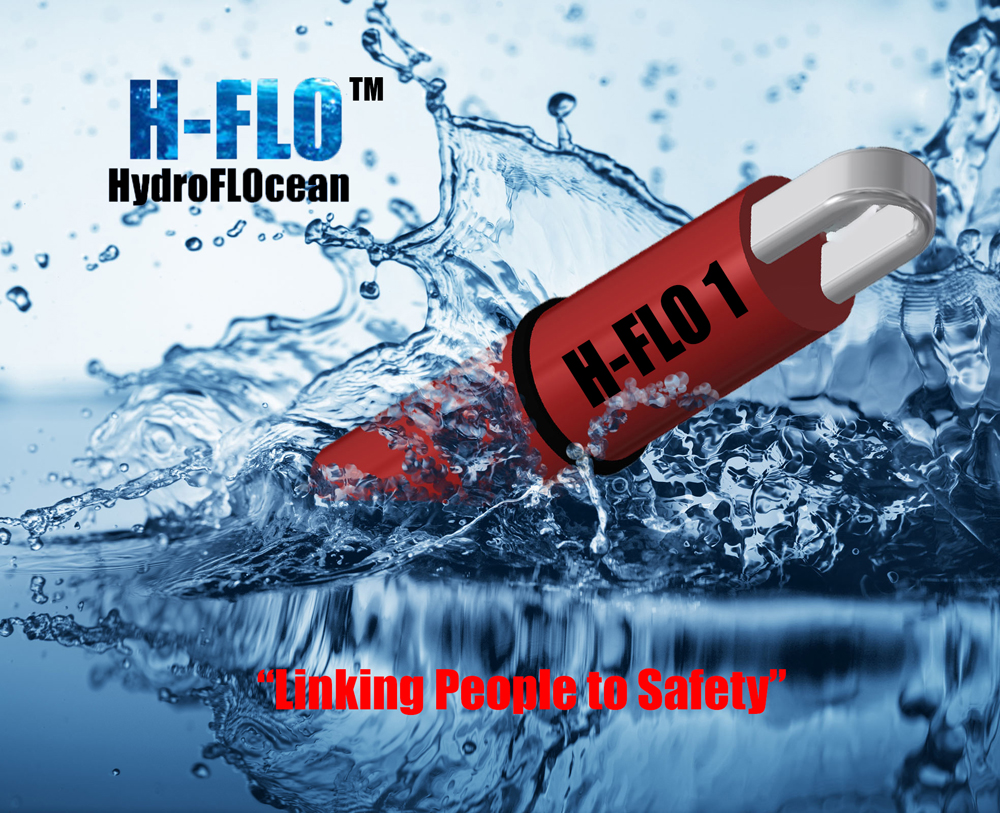
Problem: H-FLO is a safety device developed in light of a tragedy in Limerick, Ireland. In August 2015, in which two men were carrying out maintenance work on the Thomond Bridge over the River Shannon. The men were harnessed into an elevated work platform when the cable that held the platform up failed. The men were pulled down to the bottom of the river and were unable to detach themselves from the platform. As a result, they drowned.
Solution: H-FLO uses technology currently employed in automatic inflatable life jackets. The inner workings of H-FLO are protected by a stainless cylinder; at either end of this cylinder are semi-circular bars that the harness and the lanyard connect to. It's a device composed of two segments that separate when under water. The design uses male and female shafts coupled together with a pin. When H-FLO is submerged in water, a gas canister is pierced and the gas is directed at high pressure on to the face of a pin. This drives the pin from the coupled connection, allowing the two sides to separate, and enabling the user to get to safety. Disengagement from the harness is triggered in less than five seconds.
Stent Tek Ltd

Problem: Patients who require kidney dialysis need to undergo surgery.
Solution: Stent Tek is a minimally invasive medical device that aims to make it safer, easier and cheaper for the 2.5 million patients worldwide with kidney failure to receive dialysis. Stent Tek eliminates the need to undergo surgery, reducing the $45 billion yearly cost of treatment.
Smart Contact lens Platform
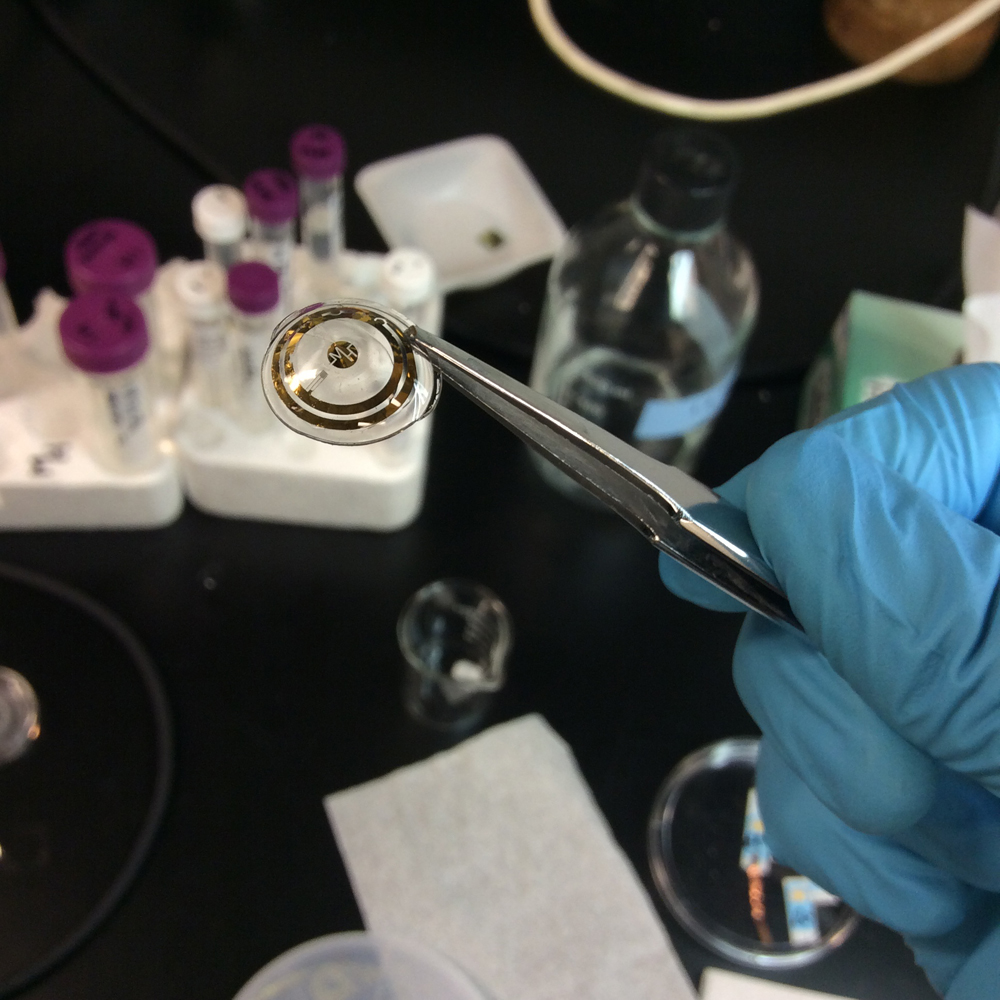
Problem: Measuring the blood glucose levels in people with diabetes is invasive. It requires drawing blood or puncturing the skin, which often leads to low compliance rates.
Solution: Smart Contact Lens Platform continuously and non-invasively monitors glucose levels in tear film. It sends the information to a mobile phone so patients can better manage their diabetes.
Isobar
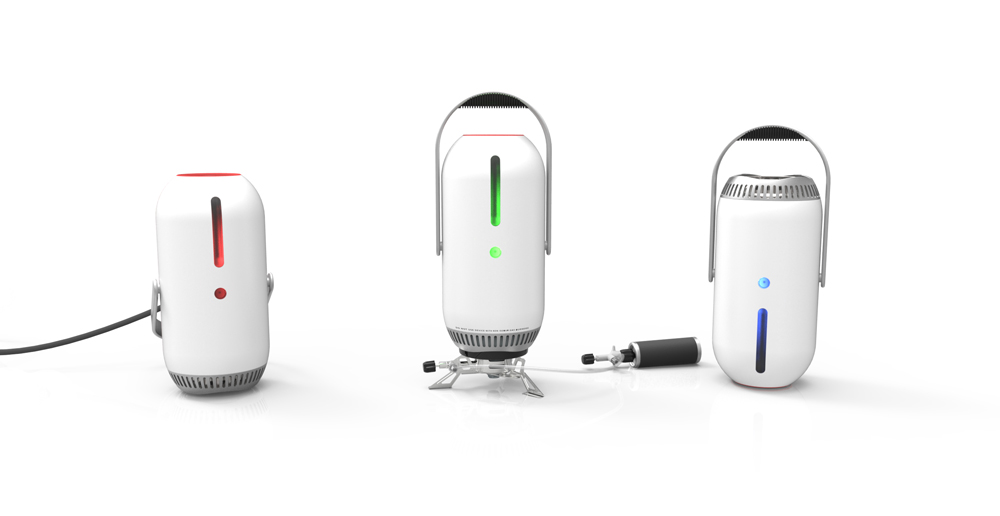
Problem: Current vaccine programs in developing countries don't meet the international standards for temperature-safe vaccine distribution, which leads to vaccine freezing and losing potency.
Solution: Isobar is a system for maintaining stable temperature control while transporting vaccines. The core principal of Isobar is long-term, controlled cooling effect that is rechargeable anywhere in the world. Two-phase ammonia-water absorption refrigeration invented by Einstein in 1906 is fundamentally the simplest and most powerful cooling technology for its size. It relies upon heat to separate the ammonia into an upper chamber. Ammonia is hydroscopic, meaning it is naturally drawn to water. When a valve opens, Ammonia evaporates into the original chamber and gives a powerful cooling effect.
bee2bee
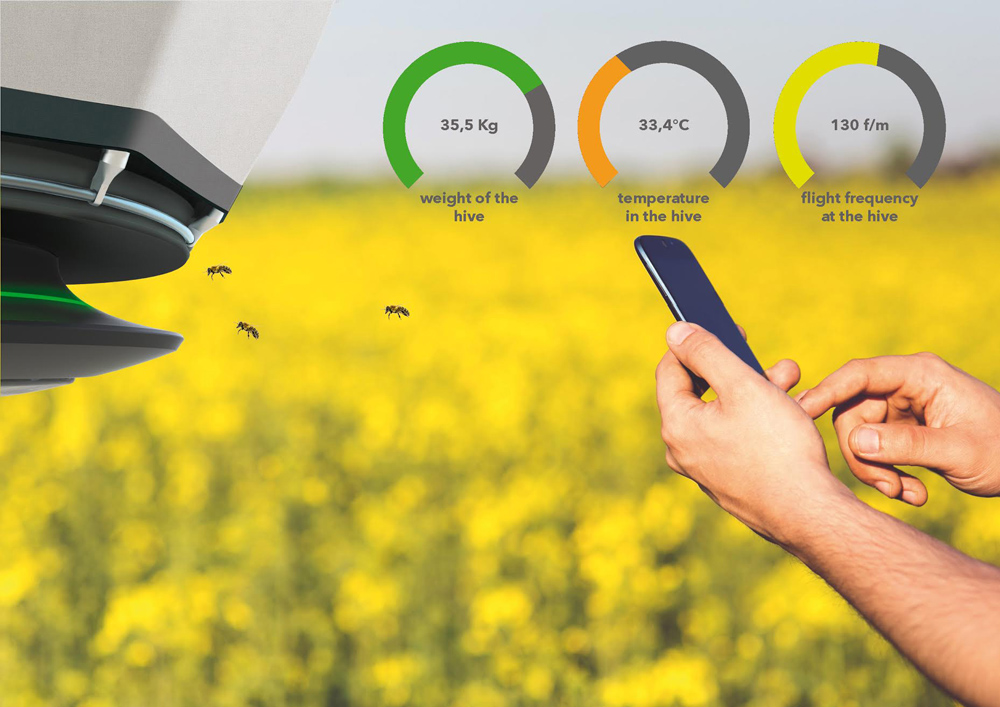
Problem: The honeybee population, which is the third most important animal after cows and pigs in terms of food production, is in steady decline.
Solution: Bee2Bee is a mobile, lightweight and quick-to-assemble culture system for bees. It supports the care of bee colonies without the need to disturb the colony.



